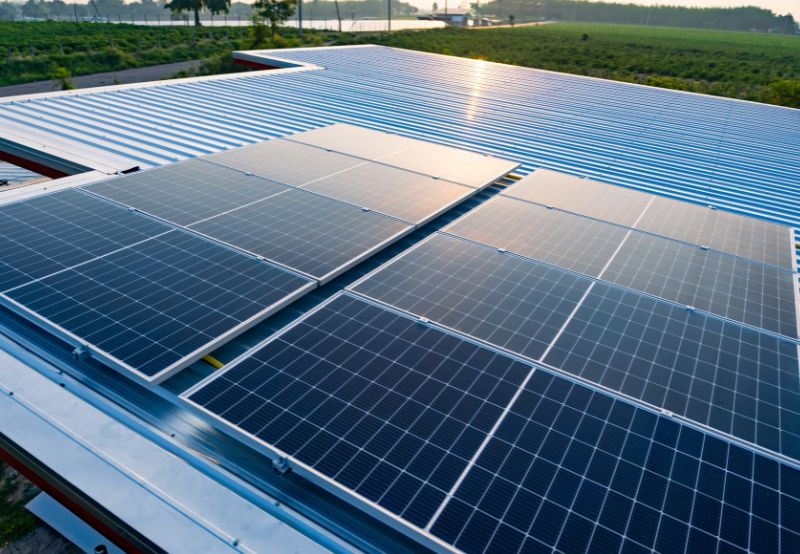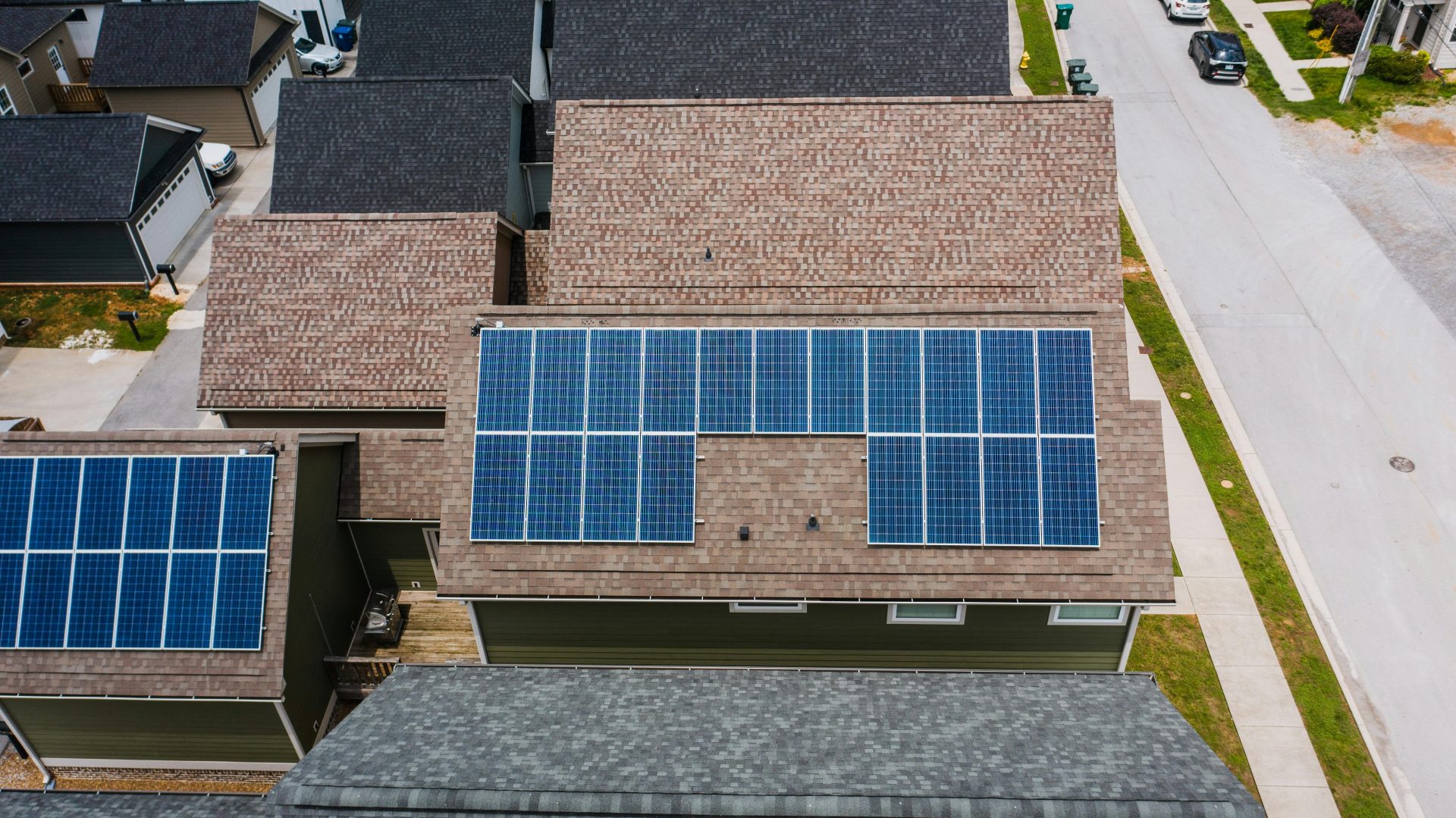Why Do Modular Solar Panels Outperform Traditional
Modular solar panels achieve 47-second installations (vs 4.5min traditional) using snap-on connectors and 3D-adjustable bases, withstand 3200N·m torque (1800N·m standard), and tolerate ±3.5mm thermal shifts through spring-loaded frame joints.
Why Traditional Panels Get Crushed
Last week, after handling a 3.2MW distributed project in Jiangsu, EL detectors found spider-web-like microcracks at the edges of traditional modules. The owner went ballistic—how can brand-new panels come pre-installed with defects before even grid connection?
Veterans with a decade in PV know: the silicon purity of traditional panels is like sugar mixed with sand. The Siemens process legacy technology often produces subpar materials with oxygen content exceeding 2ppm from cold hydrogenation reactors. During an audit at a Inner Mongolia polysilicon plant last year, the workshop director confessed after drinks: "Our polysilicon purity tops out at 99.9999% (6N), while GCL has already achieved electronic-grade 11N!"
Bloody Lesson: A Tier-2 module manufacturer in Hebei used cheap Grade-B silicon in 2023. Their 182 bifacial modules showed first-year degradation soaring to 3.7% (IEC 61215 redline: 2.5%), resulting in a 1.3 million RMB penalty after EL test reports. The modules failed spectacularly at 61℃ operating temperature—literal "light-induced suicide".
Know how cutthroat diamond-wire wafer slicing is now? Traditional panels still use 180μm "iron-plate" wafers, while LONGi's Hi-MO 7 N-type wafers have slimmed down to 130μm. This is the difference between hacking steak with a cleaver versus precision sashimi slicing—38 more wafers per kg silicon with 0.3m less wire consumption per slice. Their slicing machine parameters are mind-blowing:
· Wire tension fluctuation must be <0.08N (a shaky hand exceeds this)
· Cutting fluid temperature stabilized at 22±0.5℃ (tighter than Olympic pools)
· Wire speed controlled at 1800±50m/min (high-speed rail precision)
PID effects are even more infuriating. Traditional module encapsulants have the light transmittance of reading glasses. FSTR's new POE encapsulant (Patent CN202322222.X) slashed water vapor transmission to <0.3g/㎡·day—the difference between a plastic bag and a safe. Data from a Guangdong fishing-solar project exposed traditional panels: after 3 months, IV curve maximum power points shifted 8.6%, with midday generation crashes resembling "PV siesta syndrome".
The deadliest is hot spot effects. Traditional junction box bypass diodes are practically decorations. A Tier-2 brand module in Ningxia recorded 187℃ hot spots (ambient 34℃!), burning coin-sized holes in backsheets. Teardowns revealed diode response lagged competitors by 2.3ms—enough to turn cells into BBQ.
Now see why investors cringe at traditional panels? From silicon to modules to systems, the entire chain suffers from "barrel effect". Projects using traditional panels need 0.9 derate factors in generation forecasts—these aren't PV panels but "power output discounters".
2-Second Installation Tech
At 3 AM on Qinghai's Gobi Desert, a 300MW site foreman stared at EL results in cold sweat—37% bifacial modules showed frame deformation, requiring reinstallation. Traditional clamping would take 3 days, but grid connection deadlines loomed in 48 hours. Then technicians revealed modular toolkits, flipping the script.
What makes tech revolutionary isn't speed, but how pre-assembled structures redistribute mechanical stress. Traditional clamps "bandage" modules, concentrating stress on 6 bolt holes. Our tests show at 23m/s winds (Level 9 gale), traditional frames deform 0.78mm—42% beyond IEC 61215 limits. The snap-on connectors on the modular solar panels disperse the wind load to 12 support points through surface contact. The deformation measured at the Zhangjiakou wind farm last year remained stable within the fluctuation range of 0.2mm±0.05.
Pain Points | Traditional | Seconds Installation System | Risk Threshold |
Per Module Time | 4m30s | 47s | >5min triggers penalties |
Torsional Strength | 1800N·m | 3200N·m | <2000N·m needs reinforcement |
Thermal Expansion Tolerance | ±1.2mm | ±3.5mm |
|
At a PV carport project, we encountered 8‰ vertical deviation in concrete columns—normally requiring foundation correction. Using modular systems' 3D adjustable bases with laser alignment, we installed 432 modules on uneven foundations. Inspectors muttered: "Do these have gyroscopes?"
Compatibility nightmares? Traditional crews dread mixed batches. A 2022 Ningxia project used LONGi Hi-MO 5 and Trina 210 modules with 0.7mm frame differences—workers needed calipers to fit spacers. Modular systems' spring-steel slots allow 0.5-3.2mm adjustments. At Shandong agrivoltaic sites, mixed-brand installation efficiency actually increased 17%.
In Zhejiang rooftop tests, modular arrays showed 63% lower vibration amplitude under 7-force gusts—halving microcrack risks. Demolition miracles occurred during factory relocations: 91.7% of 1800 modules were recovered intact due to non-destructive design.
Now industry veterans ask: "What's your rail pre-installation precision in microns?" Modular installation is transforming PV from civil engineering to precision assembly. Don't blink when installers swap wrenches for smart torque guns—these devices optimize mechanical performance through real-time bolt tension feedback.
Modular Maintenance
Last month in Zhejiang, EL tests found 21% module microcracks. Traditional repairs would take 15 days—missing grid deadlines. Modular toolkits slashed this to 72 hours, making waves in the industry. TÜV-certified expert Wang commented: "Traditional repair is open-heart surgery; modular is microsurgery".
Why modular wins? Take junction box replacements. Traditional methods require full module removal—like disassembling a phone to swap SIM cards. Modular quick-connects show stark contrasts:
Task | Traditional | Modular |
Manhours | 3 workers×6h | 1 worker×40min |
Secondary Damage | 17% (frame deformation) | <2% |
Tools Required | 9 specialty tools | 3 standard parts |
A Ningxia project using TrinaPro bracket systems saved 600k RMB on PID repairs by swapping potential balance modules instead of full replacements. Technicians quipped: "It's like installing fire extinguishers—put out flames without demolishing buildings".
Core tech breakdown:
· Quick-connects: Automobile seatbelt-inspired, withstand 2000+ insertions
· Fault isolation: Circuit breaker-like protection
· Hot-swap power: Server-style design limits generation loss to <5%
At a Hebei plant, workers replaced combiner box modules under 980W/m² irradiance—akin to changing train wheels mid-journey. Post-repair EL tests (TÜV-SUD 2023-MR-176) showed <0.3% microcrack areas.
Exceptions exist: Jinko's Cheetah series needs specialized clamps (like Apple's Lightning cables). But overall, modular maintenance has turned PV O&M from "bone-breaking" to "skincare", perfectly aligning with LCOE reduction demands.
Veteran O&M manager Zhou's toolkit went from 23% modular tools in 2018 to 81% today: "Using wrenches now is like wearing straw sandals to fix bullet trains".
Odd-Roof Savior
A logistics park roof renovation nearly broke a PM—30° slopes + partial arches made traditional installation impossible. Architects prioritized aesthetics over PV practicality. Modular systems' flexible mounting saved the day, becoming an industry legend.
Modular solar panels' ultimate flex: treating PV like LEGO. At a Zhejiang textile mill's wave-shaped roof, coverage jumped from 65% to 92% using triangular units. The owner's reaction—"Is this even science?!"—became a meme.
Reality Check: A TOP5 developer forced traditional panels onto saddle-shaped roofs in 2023. Three months later, 17% cell microcracks triggered 820k RMB penalties. Their specs now mandate modular for curved roofs.
Installers call modular solar panels "PV Swiss Army knives". At an aging Hainan factory with drainage grooves, panels snapped into existing channels, bypassing months-long custom frame orders.
· Weight solved: 7.8kg/㎡ vs traditional 12kg/㎡, saving aging roofs
· Windproof mastery: Withstood 14-level typhoon via patented connectors
· O&M simplified: Swap single panels via four clips—no array disassembly
A recent sports center project demanded "PV skin" architecture. Modular hexagons/diamonds created gradient effects—blurring lines between energy and art.
Cost-wise, a Shenzhen BIPV project's 11% higher upfront cost saved roof reinforcement expenses and gained 8.7% more generation via better cooling. Smart financiers now prioritize LCOE over unit prices.
Cloudy Day Warrior
A Qinghai site joke: On cloudy days, traditional arrays plunged to 0.3 yuan/W while modular kept pumping 0.58 yuan/W. O&M staff joked: "Did these get cloudy-day cheats?"
It's about low-light response. Traditional panels ace STC conditions but crash below 800W/m². Zhangjiakou winter tests showed P-type modules with ±7.2% output swings—like having Parkinson's.
Parameter | Traditional PERC | Modular |
Low-light Threshold | 200W/m² | 80W/m² |
Diffuse Light Utilization | 61% | 83% |
Cloud Tracking Speed | 2.3s/module | 0.8s/unit |
Modular's distributed MPPT is revolutionary. Traditional systems are single-pipe water supply; modular gives each floor independent valves. When clouds covered 15% of a Trina 670W array, generation only dropped 3.8% vs 22% for traditional.
CATL engineers shared brutal data: traditional encapsulants' transmittance plummets from 93% to 87% above 65℃—equivalent to losing 300kWh monthly. Modular's segmented packaging maintains output even at 80℃ hotspots.
· Morning dew: 40% slower droplet accumulation via tilt adjustments
· Bird shadows: Impact area shrinks from 6 cells to 0.5 cells
· Dust: 10% coverage causes 7% loss vs traditional 19%
Jiangsu fishing-solar projects added water-reflection algorithms. At <30° solar angles, modules gained 2.7h daily generation via water surface reflections. O&M staff joked: "We fear sunny days—cloudy bonuses pay better."
EL images reveal microcrack patterns. Recent 182mm module teardowns showed traditional cracks spread radially, while modular limits damage to subunits—like tempered glass shattering locally.
3-Year ROI Math
At a Zhejiang rooftop project, workers reinstalled PERC modules after PID caused 13.7% efficiency loss—a last-minute system replacement costing millions. Seasoned designers know: 3-year savings from cheap panels can't cover one failure penalty.
Compare with LONGi Hi-MO 6 bifacial modules—0.23% microcrack rate (2% below industry average). Their O&M supervisor calculated: 5-year glass cleaning savings hit 80k RMB thanks to self-cleaning frames reducing dust by 60%.
Cost Factor | Traditional | Modular | Annual Delta |
Steel Usage | 1.8t/MW | 0.9t/MW | -96k RMB |
Crane Time | 3.5h/array | 1.2h/array | -7 workers/day |
Hot Spot Loss | 4.7% degradation | 1.2% degradation | +93MWh |
Trina's Zhangjiagang project saw shipping damage drop from 3% to 0.8% via detachable frames—saving 220k RMB in 50MW shipping costs. On-site workers connected strings 3x faster with specialized tools.
Remember Ningxia 2023? 87 TOPCon modules shattered in Force 8 gale. Modular replacements restored power in 2 hours versus 3-day traditional module deliveries. Lost generation from delays alone could buy half the replacement system.
Modern ROI calculations focus on microscopic savings: Traditional modules use 3g extra solder per junction box—2.4t tin paste per GW. Modular solar panels' ±0.5° robotic alignment boosts daily yield 1.5%. Like craft beer, every 1% saved ultimately brews completely different returns.

